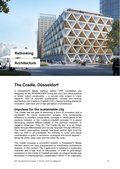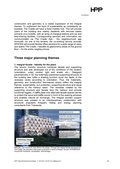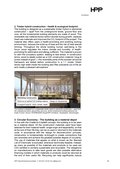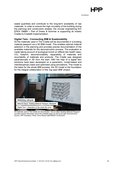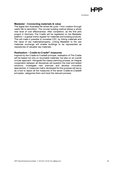Circular Economy in Construction
| An article |
by NOW, NEAR, NEXT, |
Construction in the future will be driven by the demand to stop wasting resources. The optimal, long-term and restrained use as well as recyclability of resources will be of fundamental importance.. The regeneration of recyclable materials and conservation of resources are now the key demands. The long-term robustness of systems and materials as well as their preservation is worth more than a short-term increase in efficiency.
The use of resources must be thought of in terms of closed cycles, new structures and material compositions that create enhanced functions and qualities. Recyclable materials are merely taken out of the cycle and returned at a later time in the same or a modified form.
The digital and industrial production and prefabrication of construction products and components offer the possibility of optimally controlling and documenting resource consumption and increasing the efficiency of the products and components in question. Building materials made from renewable raw materials or adaptive products offer constructive and functional efficiency in addition to energy efficiency. Lightweight construction offers new constructive possibilities for material minimisation and the use of completely new regenerative materials. The building stock itself must also become a regenerative resource - on the one hand through urban mining and recycling, and on the other through innovative conversions and re-uses.
The societal tendency to turn away from the throwaway society as well as the desire for liberation from consumerism form the basis for the increased use of recycled building materials and the appreciation of upcycling projects.



























